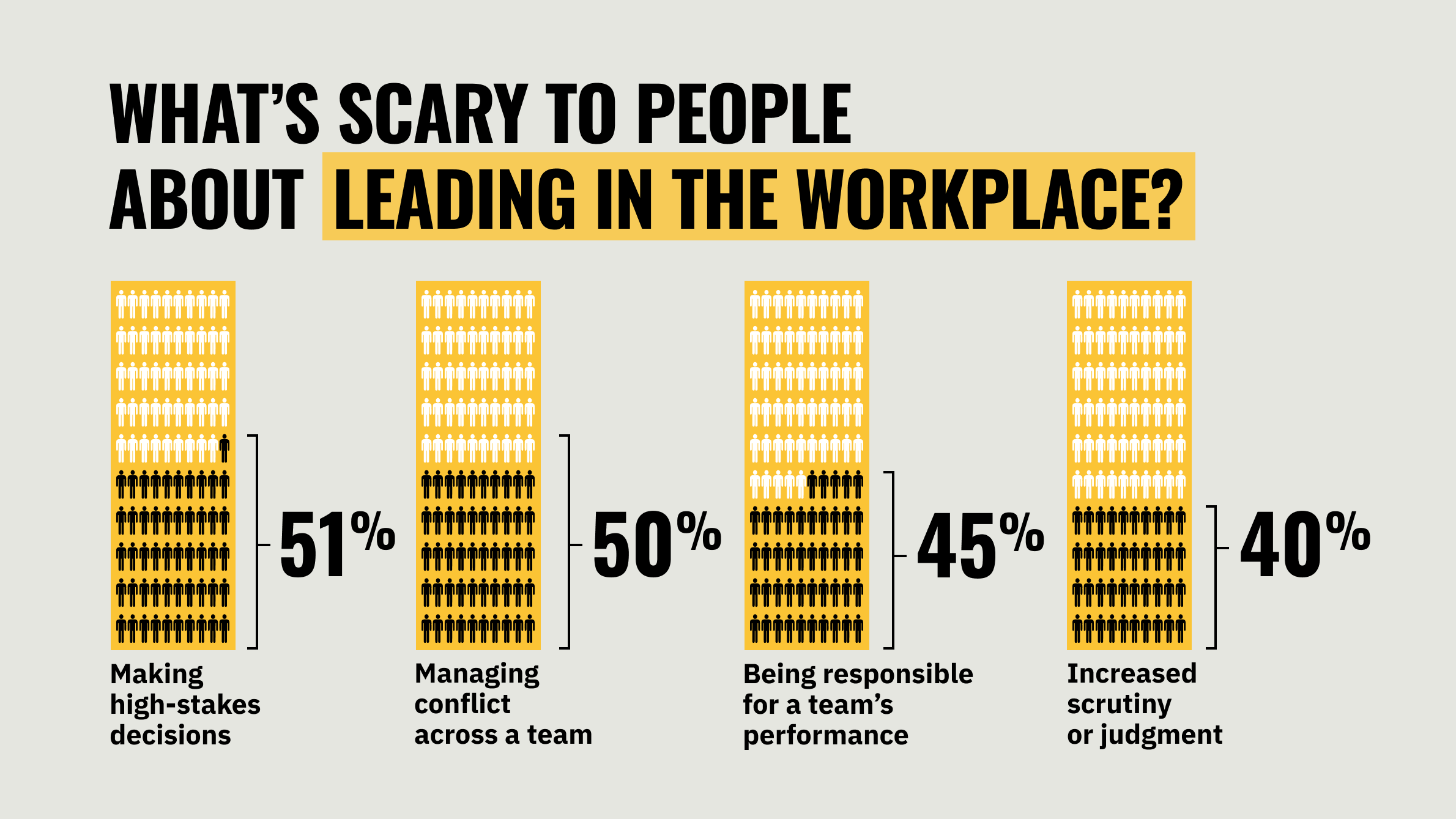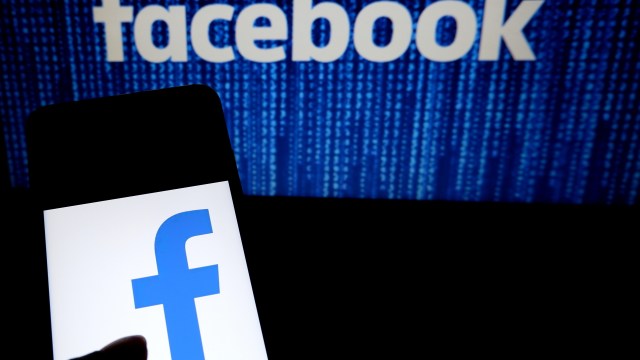IBM fired up to 100,000 older employees to attract millennial workers, says lawsuit

Xinhua News Agency / Contributor
- IBM faces a handful of lawsuits related to claims that the company engaged in ageist practices.
- On Tuesday, court documents revealed a past deposition of a former employee who said that IBM has fired as many as 100,000 employees in recent years.
- Some laid-off employees believe they were fired due to their age.
IBM has been accused of firing thousands of older employees over the past few years as part of a rebranding strategy to appeal to millennial workers.
Some former employees have filed lawsuits against IBM. In one civil case, former VP of Human Resources Alan Wild said IBM had “laid off 50,000 to 100,000 employees in just the last several years” in order to make itself seem like “[a] cool, trendy organization,” like Google or Amazon, and not like “an old fuddy duddy organization.” These statements were obtained court document filed Tuesday in Texas
The statements come from a deposition that was cited in a separate civil suit against IBM from Jonathan Langley, 61, who says he was fired because of his age. On Tuesday, Langley’s lawyers filed an opposition to a motion from IBM to have that case dismissed.
Over the past decade, IBM has fired thousands of employees in the U.S. and Canada. One reason is shrinking sales, stemming partly from the 108-year-old company’s inability to capitalize on cloud computing and mobile tech. Now, the number of employees at IBM is at a six-year low, down almost 20 percent since 2013, as Bloomberg reports.
In March 2018, ProPublica published an extensive report stating that IBM:
- Denied older workers information the law says they need in order to decide whether they’ve been victims of age bias, and required them to sign away the right to go to court or join with others to seek redress.
- Targeted people for layoffs and firings with techniques that tilted against older workers, even when the company rated them high performers. In some instances, the money saved from the departures went toward hiring young replacements.
- Converted job cuts into retirements and took steps to boost resignations and firings. The moves reduced the number of employees counted as layoffs, where high numbers can trigger public disclosure requirements.
- Encouraged employees targeted for layoff to apply for other IBM positions, while quietly advising managers not to hire them and requiring many of the workers to train their replacements.
- Told some older employees being laid off that their skills were out of date, but then brought them back as contract workers, often for the same work at lower pay and fewer benefits.
The report ultimately prompted the Equal Employment Opportunity Commission to open an investigation into age bias at IBM. In response to the recent allegations, IBM higher-ups said in a statement that they had “transitioned to a less labor-intensive business model and have divested some of our operations.” They also said that the company “hires 50,000 employees each year, and spends nearly a half-billion dollars on training our team.”
There’s good reason to think that ageism — generally defined as stereotyping, prejudice or discrimination based on age — can have serious adverse effects on the health of older people. In 2017, the World Health Organization (WHO) launched a global campaign to combat and raise awareness over ageism, and in a report the organization described how older people can suffer when they internalize ageist messages:
“…evidence shows that those who hold negative attitudes on ageing have slower recovery from disability, live on average 7.5 years less than those who hold positive attitudes and are less likely to be socially integrated. Ageism also imposes barriers to the development of good policies on ageing and health as it influences the way problems are framed, the questions that are asked and the solutions that are offered.”
It’s worth noting there might be other reasons IBM has been laying off older workers. As one user commented on HackerNews:
“I doubt IBM lays off its older workers solely to appeal to millen[n]ials. . . It’s more likely that older workers are laid off because they are more expensive due to higher pay, have more paid time off, use more healthcare, and are more politically calibrated to their organizations than younger workers.”





